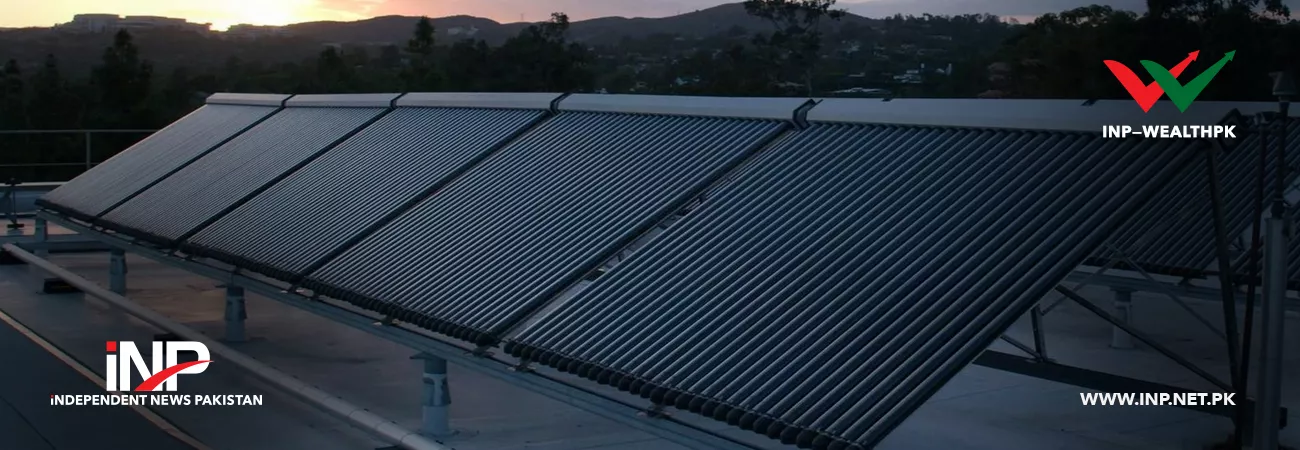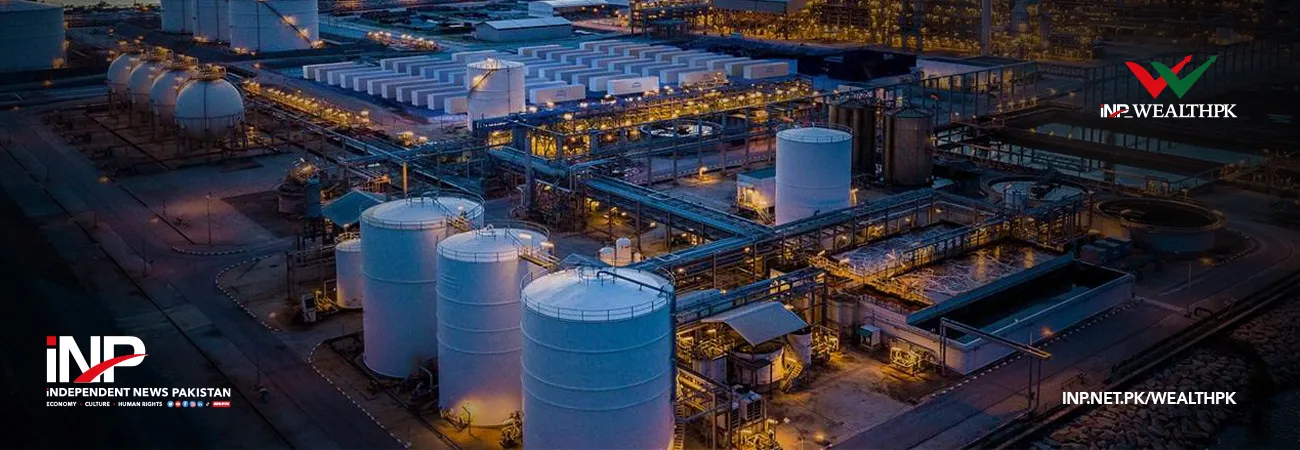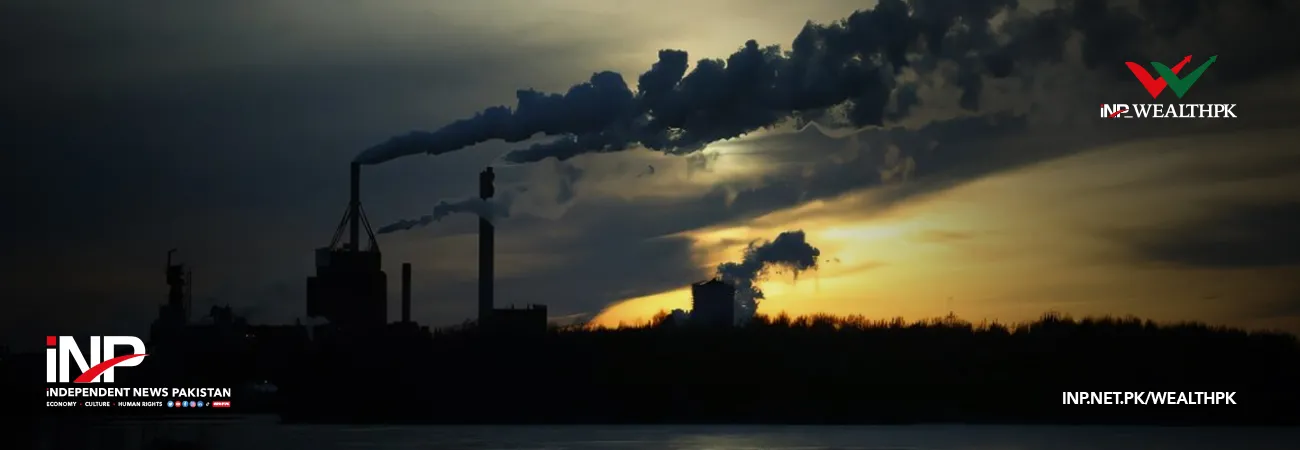INP-WealthPk
Naveed Ahmed
The government has been advised to introduce Solar Water Heating (SWH) system in Gilgit-Baltistan (GB) to meet the heating energy needs of the people and to sustain tourism in the region, reports WealthPK. According to the latest research on solar water heating for sustainable tourism in northern Pakistan conducted by the US-Pakistan Centre for Advanced Studies in Energy (USPCAS-E) at the National University of Sciences & Technology (NUST), the freezing of rivers and canals halts hydroelectricity production in GB during the winter. As an alternative, people use firewood and liquified petroleum gas (LPG) to meet their heating energy needs. It is possible to sustain tourism in the region through the solar water heating system – a cheaper and more environment-friendly alternative for heating purposes.
The study highlights that the natural beauty and other famous historical and cultural assets of GB make it a popular tourist spot. Gilgit-Baltistan is in a cold temperature zone, resulting in significant climatic fluctuations throughout the year for its residents and tourists. The study says millions of local and foreign tourists visit Gilgit-Baltistan annually, as there are several tourist attractions in this region.
It says tourism development in GB and other northern areas is also harming the local ecology, as tourists and locals rely on traditional fuels such as the wood and liquefied petroleum gas (LPG) for heating. LPG is mainly utilized for heating in densely populated cities such as Gilgit and Skardu. The study highlights that tourism development has led the government to focus on promoting ecotourism in the region. Burning wood for heating purposes results in severe health and environmental problems due to deforestation in the region. In the northern portion of Pakistan, deforestation has increased significantly.
According to the Water and Power Department of GB, the overall energy demand of the region is 270 megawatts. There are approximately 128 hydroelectric stations in GB, with a combined hydropower capacity of 145.95MW. The rest of the energy is supplied by oil-based power generation systems. Consequently, in this scenario, a solar water heating system is required; otherwise, the residents are forced to burn wood and LPG for hot water. The study recommends that SWH is a suitable solution for GB people due to the availability of 2000 sunshine hours. There are approximately 7 to 8 hours of sunshine per day in the area during the peak tourism season of May-August.
The study further says the area's clean environment due to higher altitudes contributes to high solar radiation levels, making SWH more suitable for meeting the heating needs. It also analyzes the system’s potential for producing hot water, solar irradiation, and economic feasibility. The research evaluates three types of solar collectors based on sunlight fraction, maximum collector temperature, and overall system efficiency. Research finds that the evacuated tube collectors (ETC) outperformed flat plate collectors (FPC) and unglazed collectors (UnGC) in terms of solar fraction, efficiency, and reduction of CO2 emissions.
For Gilgit, it adds, the ETC indicates 75% solar percentage, 40% efficiency, and 676kg reduction in CO2 emissions, with a payback time of 6.6 years. The solar portion of Skardu is 84%, the efficiency is 36%, and there is a 4.6-year payback period. The study suggests that solar energy is the ideal option for heating due to its low cost, simple construction, and widespread availability. China and other developing nations have recently begun utilizing the solar energy for large-scale heating. Solar heating systems can address the issue of increased energy usage in colder places due to increased heating needs. Moreover, these systems are economical and efficient at heating the atmosphere.
Credit : Independent News Pakistan-WealthPk













